Learn about this wildflower known as Queen Anne's Lace, its history, and the difference between it and some other dangerous look-alikes.
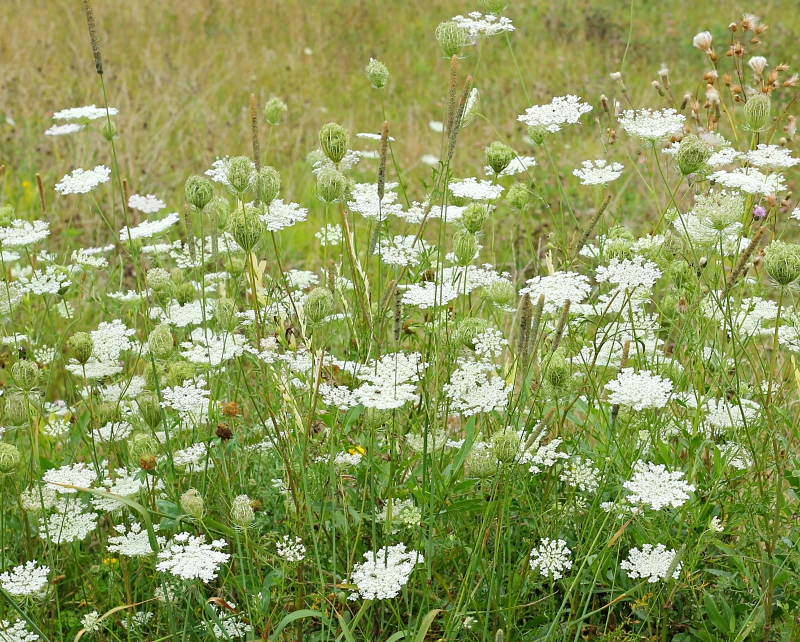
About Queen Anne's Lace
It seems like everywhere I go lately I notice Queen Anne's Lace. This delicate wildflower is growing everywhere in Pennsylvania. I was surprised to see it all over the place on our drive to Virginia Beach, through West Virginia and Maryland too. I've always thought of it as a native but apparently, it originated in Europe. Some consider this pretty flower to be a noxious weed while others try to cultivate it in their garden. Typically you'll find it in dry fields or roadside ditches.
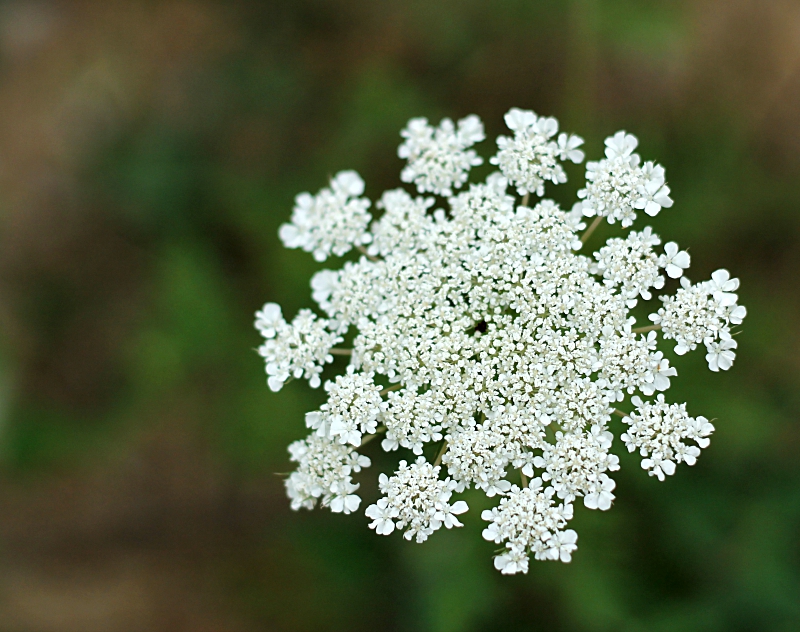
Somewhere along the way, I remembered a tale about the origins of the name "Queen Anne's Lace." I think it was Mother Nature, a wonderful woman from girl scout camp, who told us all kinds of stories about plant folklore. According to legend, Queen Anne pricked her finger with a needle while making lace. If you look close you will see what looks like a drop of blood, in the middle of the Queen Anne's lace flower surrounded by tiny white flowers in clusters.
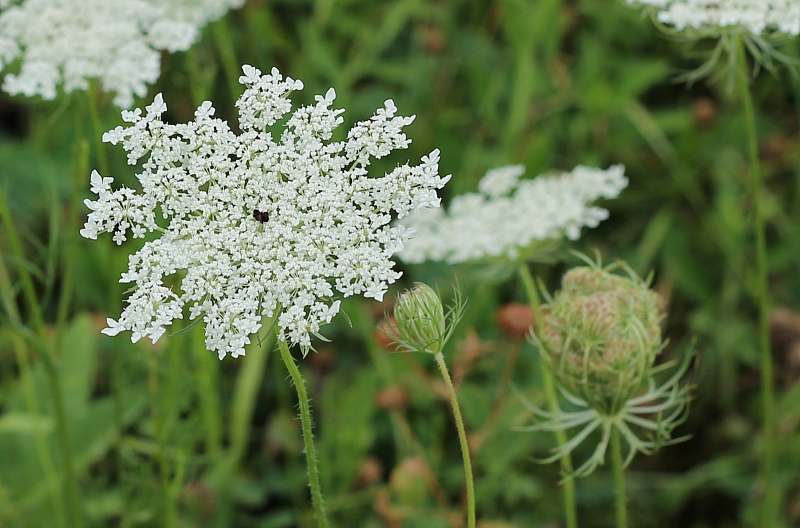
Queen Anne's Lace or Daucus carota, is also known as wild carrot because they are members of the carrot family. In fact, it was once used as a substitute for carrots. Some say that the carrots which we grow today were originally cultivated by this species. I also remember as a child that we would pull the plant out of the ground to "see the carrot." I remember that it smelled just like a carrot but it looked odd and was covered in dirt so I never actually tasted it.
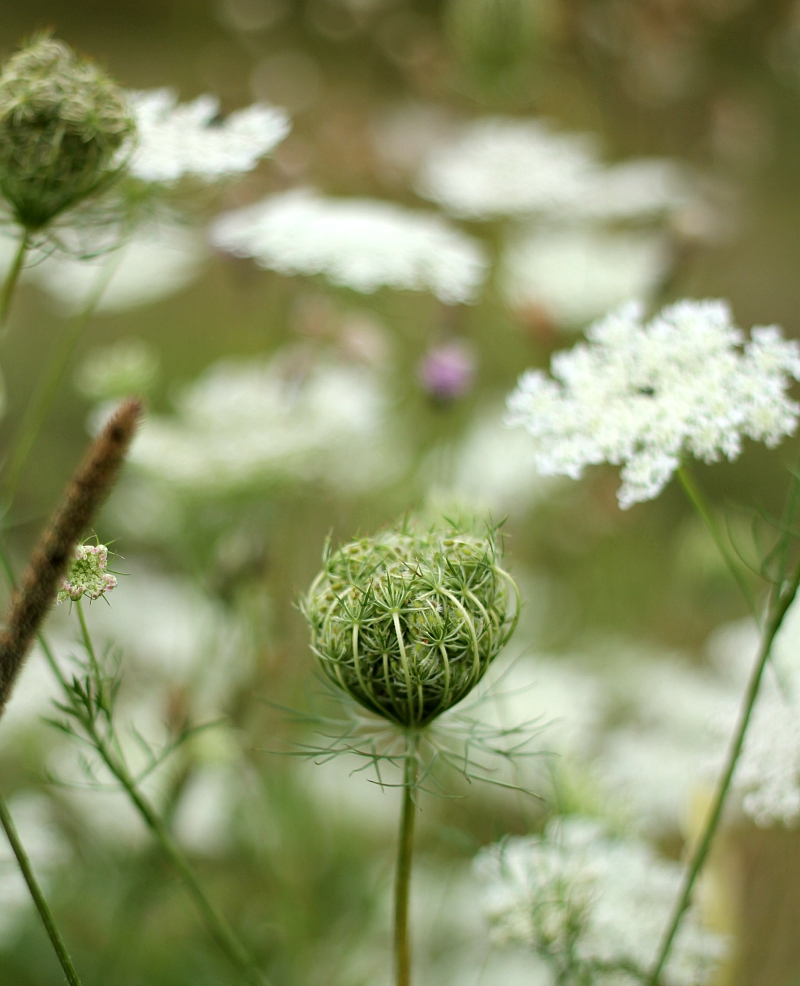
Another common name for this plant is "bird's nest", due to its nest-like appearance when the flower curls up as it goes to seed.
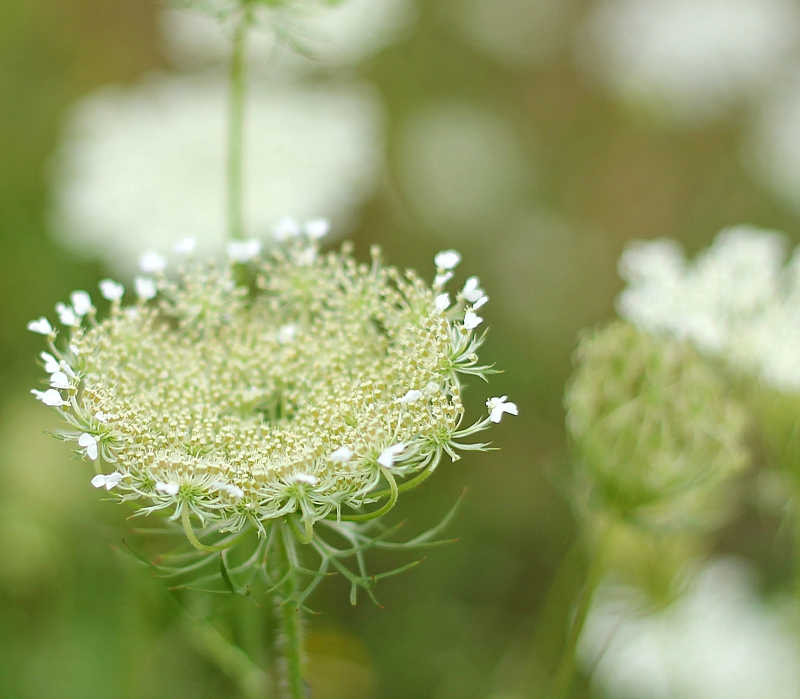
I like to pick Queen Anne's lace for flower arrangements. The cut flower will last for several days and the white color and lacy shape pair well with many other flowers. It even works well on its own.
Beware of Queen Anne's Lace Look-Alikes
A word of caution, while I was writing this post I found several articles mentioning the danger of mistaking this harmless, though maybe a somewhat invasive plant, with similar-looking plants.
One most notably is Poison Hemlock or Conium maculatum (above). Its flower have a similar umbel flower cluster shape. However, Poison Hemlock as the name suggests is deadly and many people have died after eating what they thought was a wild carrot.
Caution: Never try eating something in the wild unless you are absolutely sure you know what it is.
Another similar looking plant is Giant Hogweed or Heracleum mantegazzianum. This highly toxic lacy white plant will burn your skin causing blisters. It may also cause blindness if the sap touches the eye. Of course, as the name suggests, Giant Hogweed grows about 8 feet tall. Queen Anne's lace is only about half that height.
Caution: Always be careful when dealing with plants in the wild.
Resources:
For details on differentiating Queen Anne's Lace from other toxic plants check the following articles:
http://www.foragingtexas.com/2008/08/queen-annes-lace.html
http://www.nwplants.com/information/white_flowers/white_comparison.html
More Native Plants
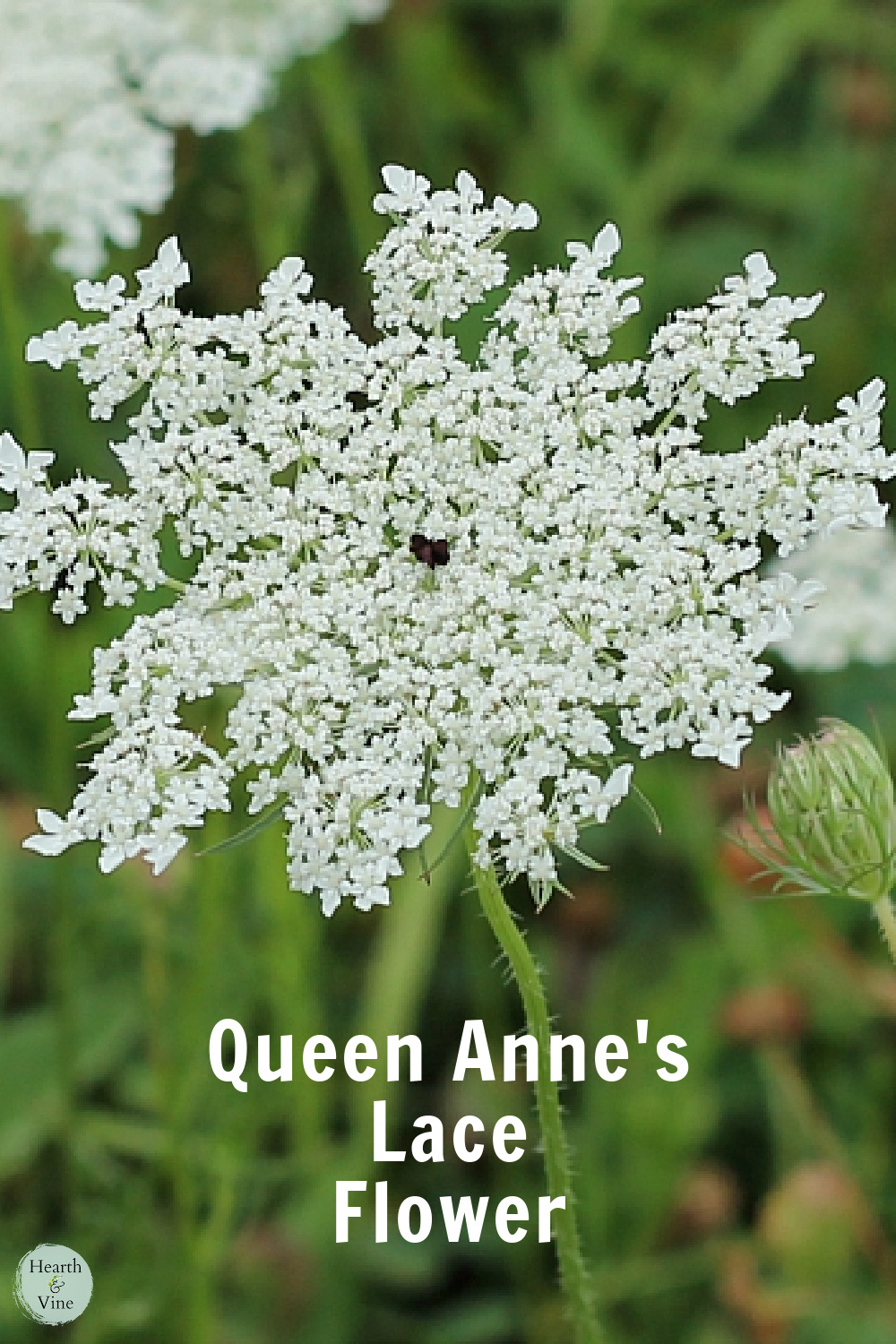


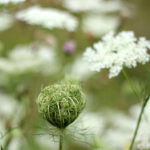
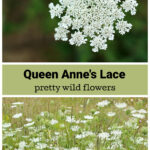

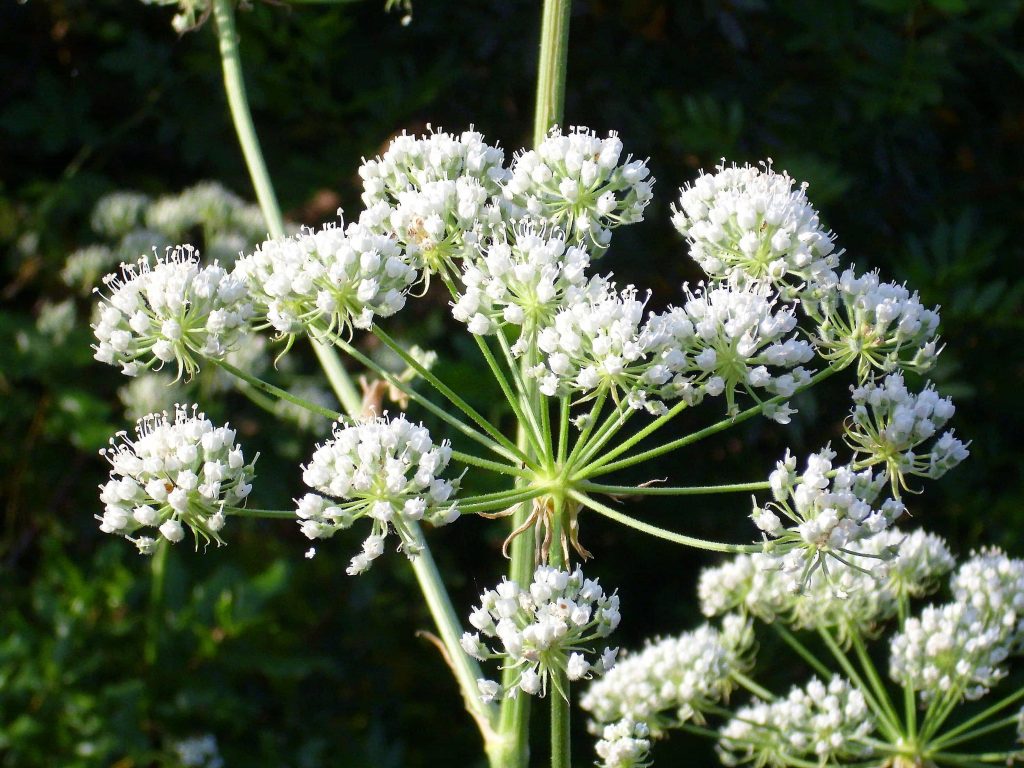
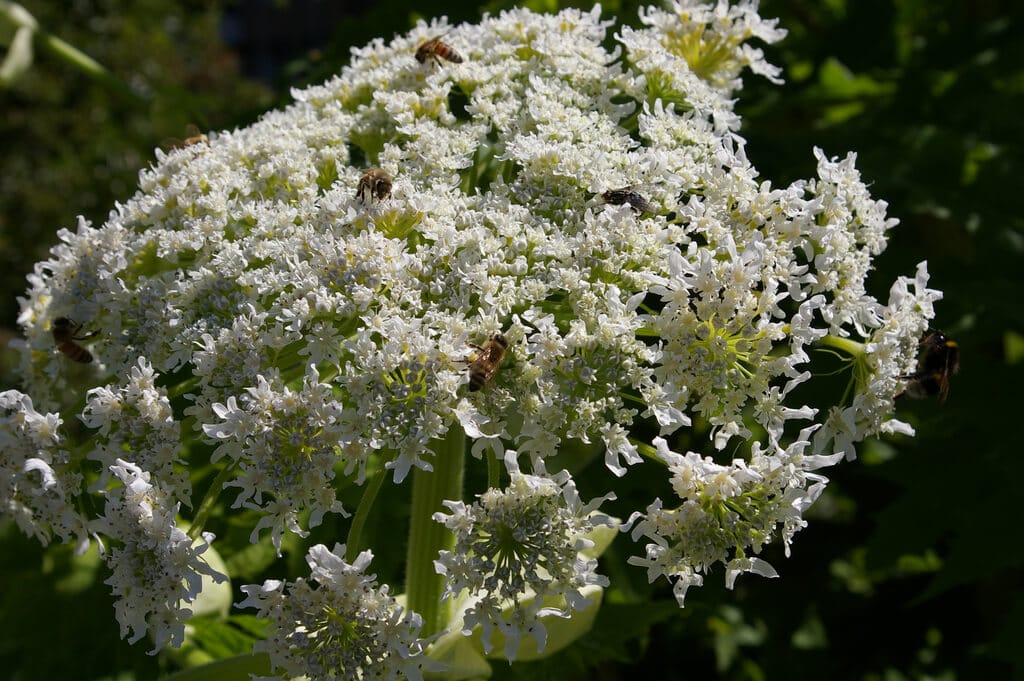

Penny Lighthall
Hi Patti:
Another use for the Queen Anne's Lace Flower is one of my favourites. I do not have a photo of it, but young children love doing it. I dry the flower flat in a flower press or book if you don't have one. Then come late November, early December, the children gather at my place to make holiday cards. When glued onto folded, coloured, cover stock, the flower looks like a snowflake. Really simple to do. Teachers love to receive them, as do parents and grandparents. I pour some white glue onto Styrofoam meat trays, the children lay the flower backside down in the glue, then gently lift it and place it on the card, followed by gently tapping it to make sure the flower is laying completely flat on the card with no air gaps. Easy Peasy.
Patti Estep
What a great idea Penny. Thanks for sharing.
JessAlice Coreau
I have been gardening now for twenty years, but there was a time when I had zero interest and even felt hopeless to keep a house plant alive. All that changed when I was introduced to Queen Anne's Lace in Italy, where I lived for almost three years. It was THE PLANT that sparked my hobby, which has developed into a lifetime obsession now. Well, TODAY, at my new house I was clearing part of our property and I discovered Queen Anne's Lace growing wild and naturally! I was so deeply touched and moved, and thanked God for His sweetness in such a delightful surprise.
Thank you for a great article!
Patti Estep
What a great story Jess. Thanks for sharing.
Jen
Do you know anything about “false Queen Anne’s lace”? I have a huge plant that it seems is neither real QAL or Poison Hemlock. It doesn’t have the red center flower, but not all QAL does, right?
Thanks!
Patti Estep
Jen, try searching Ammi Majus commonly called Bishops Weed or False Queen Anne's Lace. I don't know much about it other than it's related to Daucus carota.
Willow
We have it here in the pacific northwest use the root for smudging it is said to be more powerful then sage
Patti Estep
I've heard of smudge sticks but never with Queen Anne's Lace. So interesting. Thanks for sharing.
Willow
You are welcome i learned it from a native american medicine man
busyvp
Be careful picking this in the wild. I got some roadside and took home, WAS FULL of Chiggers. I scratched for a week.
Patti Estep
Oh my. I hope you are feeling better.
Thanks for the input.
Patti
Diane H
I have a recipe for Queen Anne's Lace jelly. Made with an infusion or tea made from the flowers. It is absolutely delicious! The jelly is a light Amber color and has a delicate fruity flavor. Everyone who tries it loves it. I found the recipe online
Patti Estep
Hi Diane,
I have never heard of Queen Anne's Lace jelly but it sounds really interesting. Tea from the flowers too?
Thanks for sharing this information. I will definitely have to look into it!
Patti
Heather @ new house new home
It's considered a weed here in Canada. But I know my cousins grow it in England. I've always wanted to dig up a clump and put it into a border. I think they're so lovely.
Patti
Hi Heather,
I think many people think if it as a weed here too. I sure grows like one. I haven't tried to grow it but this summer I really enjoyed seeing it every where. I bet your cousins have a beautiful garden in England. My sister lived there for a short while and we went to visit. Such a beautiful place. Flowers everywhere!
Thanks for stopping by,
Patti
Earleneginter
We also havequeen annes lace,it Is termed a weed here, I keep a few growing, you can dry the flower,and makes a really beautiful snow flake or whatever! A friend took the flower and died sheep wool with it it came out a really Georges yellow green.
Patti
Great ideas. I love the idea of using it to dye wool. Thanks for the info!